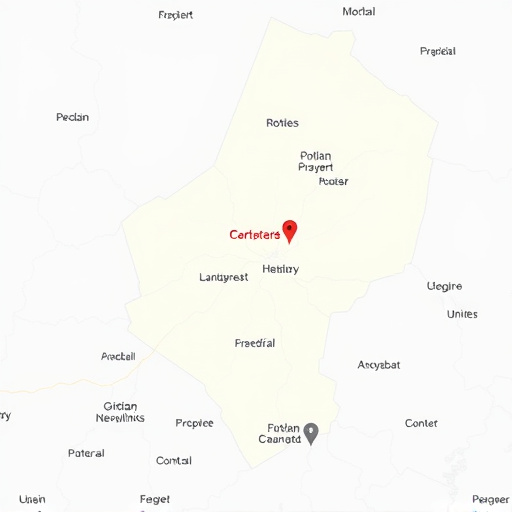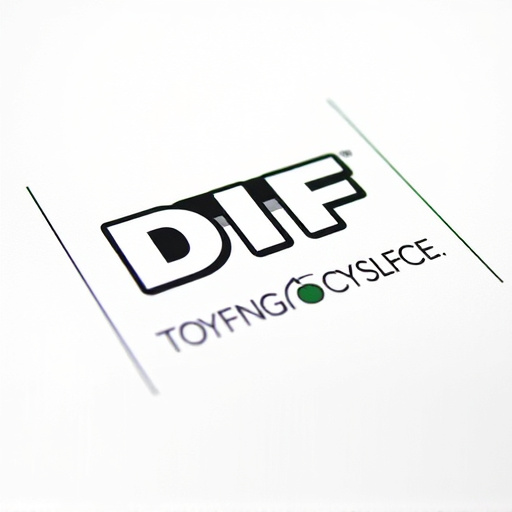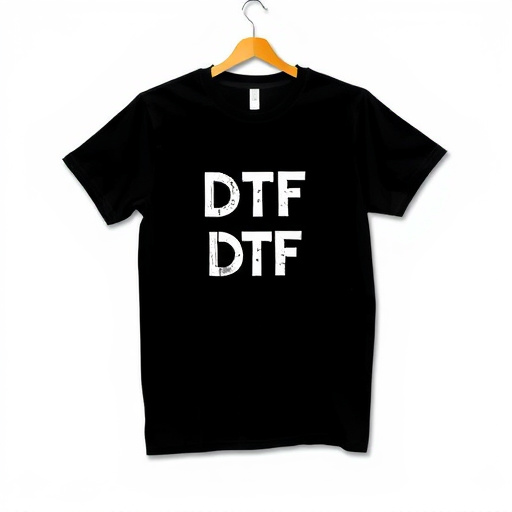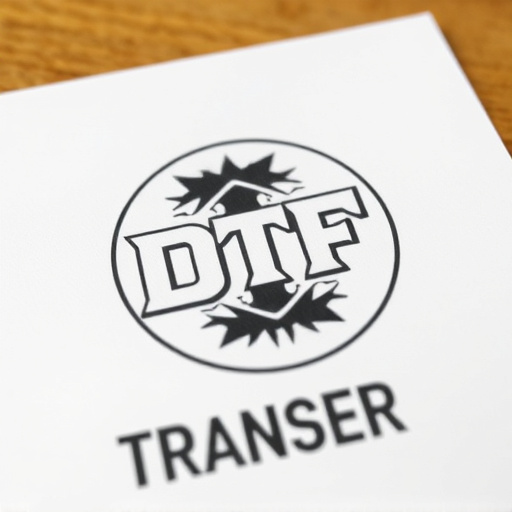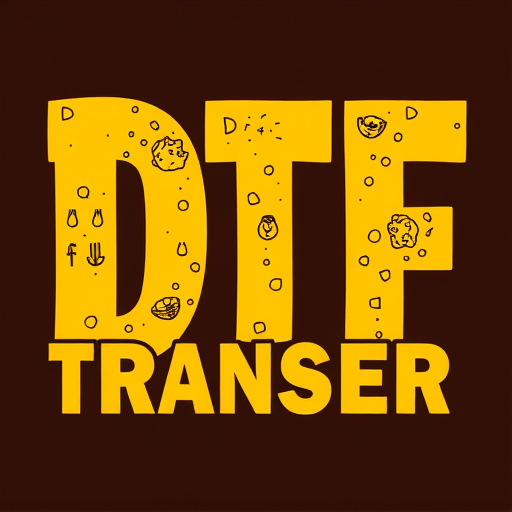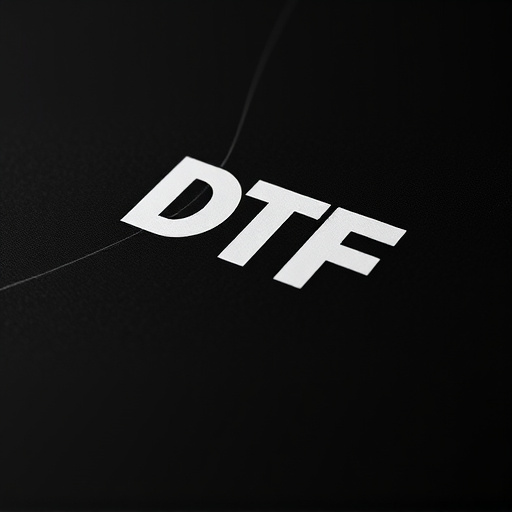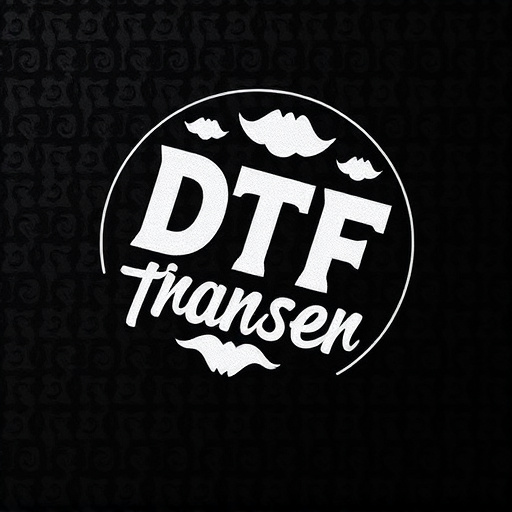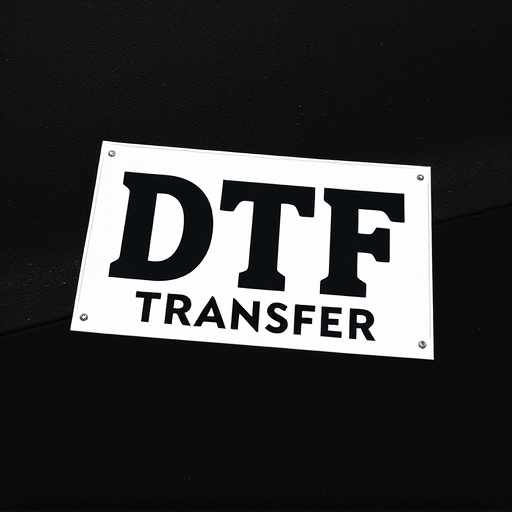Direct-to-fabric (DTF) transfer printing is a cutting-edge technology for synthetic fabric applications, offering high-quality vibrant prints on cotton and polyester. Key to successful DTF printing are fabric selection based on porosity, surface tension, and ink adhesion properties, proper surface preparation, and specialized inks/coatings. Challenges include print crispness maintenance, fading prevention, and cracking. Best practices for maximum DTF print longevity involve pre-treating fabrics, using designed inks/substrates, proper curing, avoiding harsh cleaners and direct sunlight, and regular handling.
In today’s market, synthetic fabrics are increasingly popular due to their versatility and durability. However, ensuring compatibility in fabric applications is crucial for successful outcomes, especially when employing techniques like Direct-to-Fabric (DTF) transfer printing. This article explores the intricacies of DTF technology, delving into understanding DTF transfers, material compatibility, substrate selection, adhesion factors, common challenges, and best practices to guarantee the longevity of vibrant, long-lasting DTF prints on synthetic fabrics.
- Understanding DTF Transfer and Its Applications
- Material Compatibility for Optimal DTF Printing
- Choosing the Right Substrates for DTF Prints
- Factors Affecting Adhesion in DTF Transfers
- Common Challenges and Solutions in DTF Fabric Applications
- Best Practices for Ensuring Longevity of DTF Prints on Fabrics
Understanding DTF Transfer and Its Applications

Direct-to-fabric (DTF) transfer is a cutting-edge printing technology that has revolutionized synthetic fabric applications. This method allows for high-quality, vibrant prints on a variety of fabrics, from cotton to polyester and everything in between. DTF involves transferring ink directly onto the fabric’s surface using heat and pressure, resulting in durable and long-lasting DTF prints. It offers a range of advantages over traditional printing methods, including faster production times, improved color accuracy, and increased flexibility in design possibilities.
The versatility of DTF transfer makes it suitable for numerous applications, from apparel and accessories to home decor and even industrial uses. Its ability to print on various fabric types enables designers and manufacturers to cater to diverse markets. With advancements in technology, DTF printing has become more accessible and affordable, allowing small businesses and entrepreneurs to leverage this technique for their synthetic fabric projects.
Material Compatibility for Optimal DTF Printing

When it comes to DTF (Direct to Fabric) Printing, material compatibility is paramount for achieving optimal results. To ensure high-quality DTF prints, it’s crucial to select fabrics that offer the right balance of porosity, surface tension, and ability to adhere to ink. Synthetic fabrics like polyester, nylon, and cotton blends are commonly used due to their versatility and durability. These materials allow for excellent ink penetration, ensuring vibrant and long-lasting DTF transfers.
For best practices, opt for fabrics designed specifically for DTF Printing. These specialized fabrics often have a smooth finish and consistent texture, facilitating even ink distribution and preventing blotching or uneven printing. Remember, the compatibility of your fabric directly impacts the quality of your final DTF prints, so choosing the right material is an essential step in achieving professional results.
Choosing the Right Substrates for DTF Prints

When it comes to DTF (Direct to Fabric) printing, selecting the appropriate substrate is a key factor for achieving high-quality DTF Transfer results. The right fabric acts as a canvas, allowing the design to be effectively transferred and fused. Different fabrics have varying properties that can impact print quality and longevity, so understanding your material options is essential. For instance, cotton and polyester blends are popular choices due to their versatility and ability to accept ink well. These materials provide a smooth surface for printing, ensuring sharp details in the DTF Prints.
For optimal DTF Printing, consider fabric types that offer a balance between absorbency and resistance. Absorbent fabrics allow the ink to penetrate, creating vibrant colors, while resistant materials prevent smudging or bleeding during the transfer process. Additionally, the weight of the fabric matters; lighter fabrics may require specific techniques to ensure the design doesn’t stretch or distort during printing. By carefully choosing substrates tailored to DTF Transfer techniques, you can produce durable and visually appealing printed fabrics.
Factors Affecting Adhesion in DTF Transfers

Several factors influence the adhesion of DTF (Direct to Fabric) transfers, a critical aspect for achieving high-quality DTF prints. Firstly, the surface preparation of the fabric is paramount. Proper cleaning and pre-treatment ensure that the material is free from contaminants, oils, or previous print residues, which can impede adhesion. Textured fabrics may require additional strategies to enhance surface energy, like sanding or using specific primers, to facilitate a strong bond between the transfer and the material.
Secondly, the type of fabric plays a significant role. Different materials have varying levels of porosity and moisture retention, impacting how well a DTF transfer adheres. For instance, natural fabrics like cotton might require different adhesive techniques compared to synthetic polymers. Moreover, the humidity during the printing process can affect adhesion, with optimal conditions enhancing the transfer’s longevity and crispness.
Common Challenges and Solutions in DTF Fabric Applications
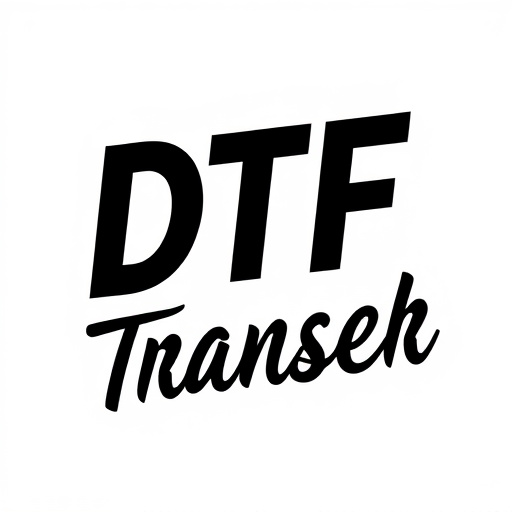
In the realm of synthetic fabric applications, Direct-to-Fabric (DTF) transfer and printing have gained significant traction due to their ability to produce vibrant, high-quality DTF prints. However, along with this growth comes a set of common challenges. One major hurdle is ensuring DTF transfer compatibility across various fabrics. Different synthetic materials, such as polyester and nylon, possess distinct properties that can affect the adhesion and longevity of DTF prints. To overcome this, manufacturers often develop specialized inks and coatings tailored to specific fabrics, enhancing adherence and protection against fading or cracking.
Another challenge lies in maintaining the crispness and detail of DTF prints during the transfer process. Improper temperature control or pressure application can cause smudging or bleeding of colors, resulting in less-than-ideal DTF prints. Solutions to this involve precise machine calibration and the use of heat-resistant inks that set quickly to lock in the image. Additionally, pre-treating fabrics with appropriate primers ensures a smoother surface for optimal DTF transfer, ensuring durable and visually appealing DTF prints.
Best Practices for Ensuring Longevity of DTF Prints on Fabrics
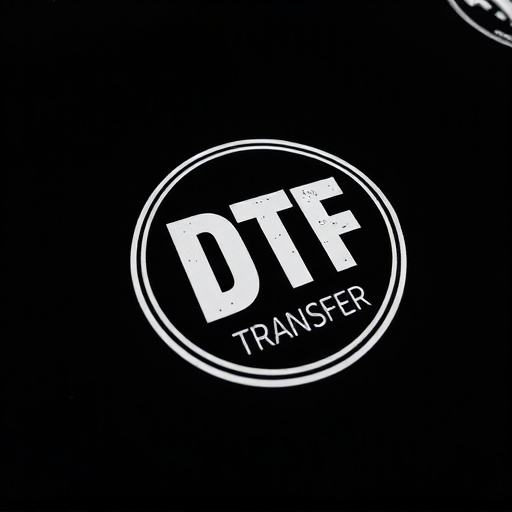
To ensure the longevity of Direct to Fabric (DTF) prints, several best practices should be implemented. First, pre-treating fabrics is crucial; this involves cleaning and preparing the material to optimize print adhesion. Using suitable inks and substrates specifically designed for DTF transfer processes is essential, as these are formulated to withstand wear and tear. Proper curing of prints after application is another critical step, allowing the ink to bond firmly with the fabric.
Regular care and maintenance extend the life of DTF prints. This includes avoiding harsh detergents or bleach, opting instead for mild cleaning agents. Additionally, minimizing exposure to direct sunlight and high temperatures helps prevent fading or cracking of the print over time. Regular turning and handling of printed fabrics can also reduce uneven wear patterns, ensuring a more durable finish.

